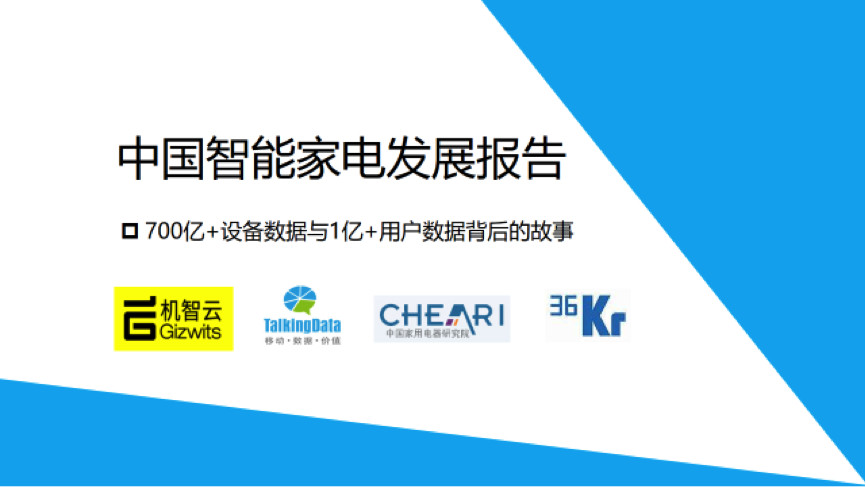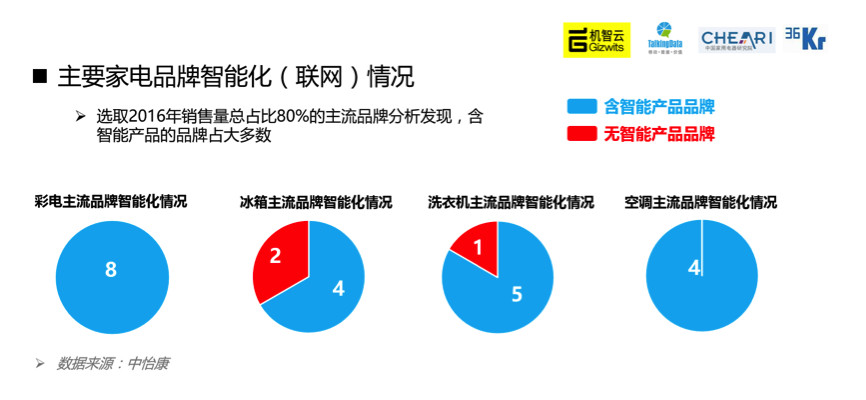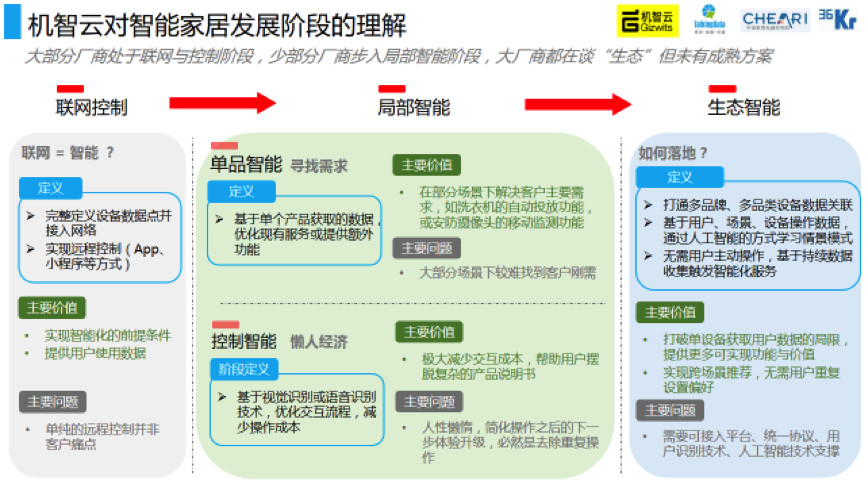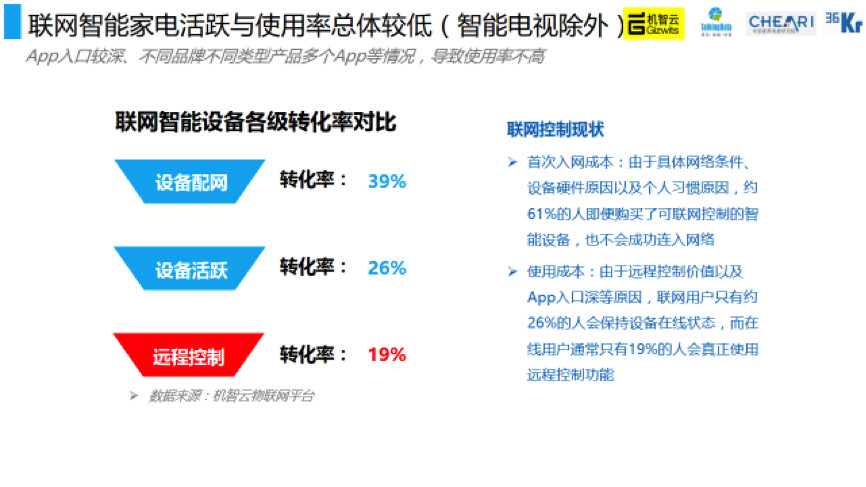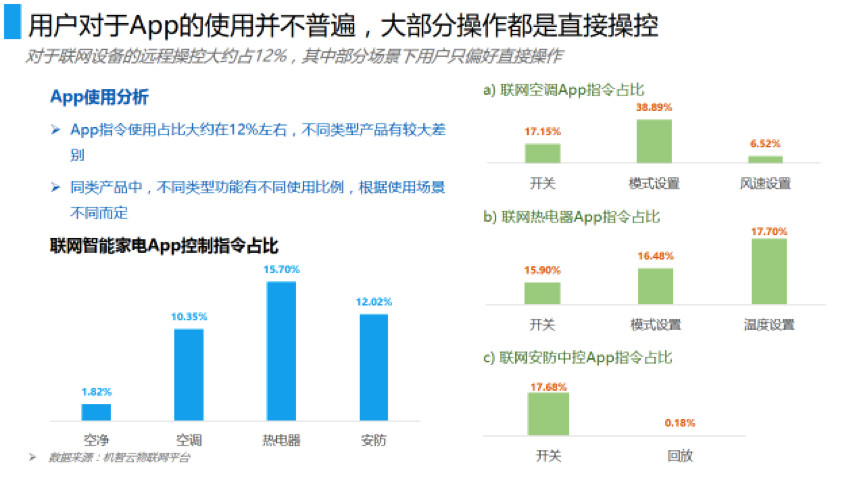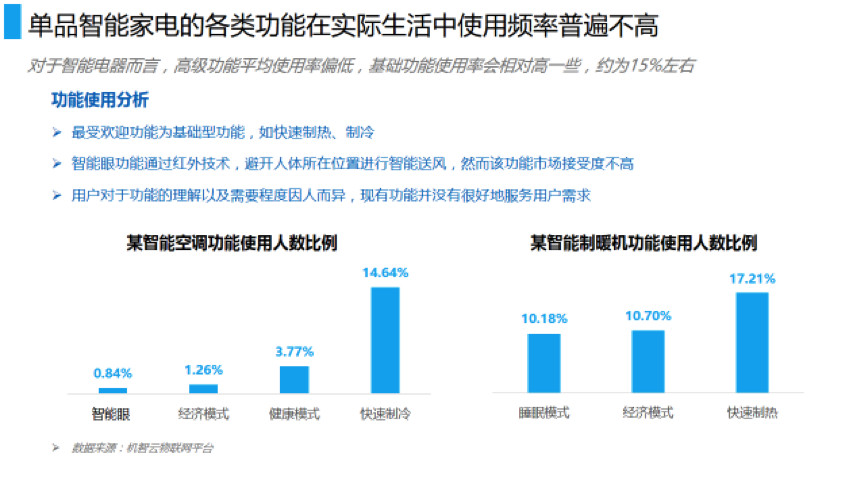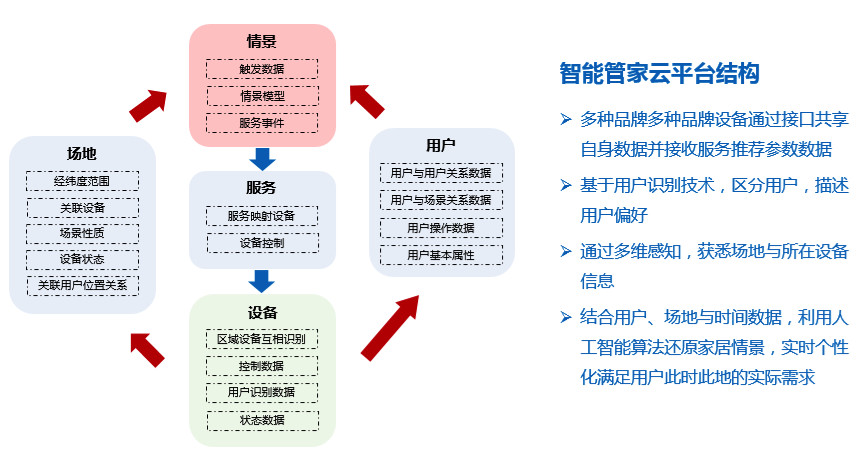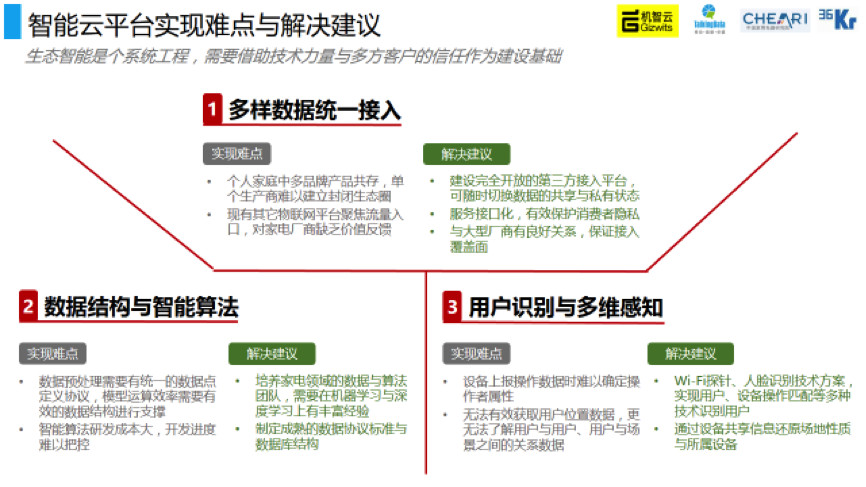introduction China's home appliances have entered the intelligent stage since 2013. By 2016, most of the major manufacturers have made intelligent transformations, and the proportion of intelligent equipment stocks on the market has continuously risen. The annual shipments have significantly increased compared with traditional household electrical appliances. The annual shipment of smart TV products has exceeded 80% of the total. In the savage growing environment of intelligent products, many commentators believe that there is a problem that smart electrical products do not have a significant improvement in user experience compared to traditional products, and intelligent functions cannot cut down on users' pain points. However, these studies and analysis are all stuck at the level of qualitative analysis and lack of data support. This report relies on the 70 million U.S. cloud platform platform to report equipment operation data, 100 million users of TalkingData, data from the China Household Electrical Appliances Research Institute, and public macro data of the authoritative data platform in the home appliance industry to try to present the status quo of China's smart home appliance industry, user portraits, Use and development opportunities Quantitative analysis and qualitative analysis based on big data for reference by practitioners and investors. The report mainly answers the following questions: ·How is the development of intelligent household appliances in China? · Who are the mainstream people using smart appliances? ·What are the stages of intelligent household appliances in China? What is the status of each stage? · Where are the opportunities for the future development of smart home appliances? I. Status Quo of Intelligent Development of China's Household Appliances Note: The smart home appliances defined in this report have at least a networked remote control function a) In the field of subdivided household appliances, most of the major brand manufacturers have already launched smart products, of which the color TV and air conditioner sectors all have smart product lines. b) In-depth research on the shipment status of the air-conditioning and color TV sectors in 2016 found that compared with 2015, the sales volume of smart products increased more than the traditional products, and the sales volume of smart TVs in 2016 accounted for more than 80% of the annual sales. On the whole, the intelligentization of home appliances is the consensus of the industry. In the sales of new products, intelligent products will gradually replace traditional products. However, the stock of traditional products is still very large and it is difficult to be completely replaced in a short time. Second, smart home appliances mainstream users portrait a) From the perspective of the overall market size of users, the number of smart home appliance users in China is less than 10 million, and the overall penetration rate is approximately 6.6 ‰. The market growth potential is huge. b) From the user's active situation, the single-app smart home appliance app is lower in terms of installed and active, and the centralized control app is significantly higher than the former in terms of installed and active, reflecting that the user prefers to use an App to control all Electrical appliances. Click on the picture to see a larger image c) From the sampling data of smart air-conditioning users, it is found that the preferences of smart home appliances are household applications, travel, wealth management, and shopping. Most of the users' families belong to the Little Sun family, which is the family whose children are preschoolers. Based on the application installation and usage data discovery, compared with the market size, the proportion of users who currently use the intelligent function of home appliances is small, and the market has great development potential. Looking at the current use of the crowd, it is more interested in smart home appliances applications, and has a high degree of acceptance for travel, wealth management, and online shopping, and most families have preschoolers. In the use preferences of smart appliances, users generally prefer to use integrated applications of various types of home appliances instead of individual appliances. Third, the development stages and status quo of intelligent home appliances in China a) By analyzing the existing smart home appliances on the market and combining the strategic planning of major manufacturers, it is possible to summarize and predict the development of smart appliances. There are mainly three stages, namely the networking control phase, the local intelligence phase and the ecological intelligence phase. Most of these manufacturers are in the networking control stage. Some large brand manufacturers have begun to try to achieve local intelligence. Although ecological intelligence has been mentioned in the company's vision for many times, the manufacturers have not disclosed their specific implementation plans and business models. b) Although more and more smart home appliances have networked control capabilities since 2014, in actual home scenarios, only a very small percentage of devices are truly connected, and fewer devices are controlled through networking. The primary reason for this phenomenon is that the operating costs of the networking process are relatively large (the distribution network fails and the configuration process is complicated). At the same time, the App as an interactive carrier has a relatively deep entrance, and different brands of different types of products require multiple App control, even Different types of products of the same brand also require multiple apps to control, ultimately resulting in little user intention. c) For successful distribution users, App operation is not the only optimal interactive method. In some scenarios, users prefer actual operation to control the product. Therefore, on the whole, the average proportion of App operation instructions in the total number of instructions is only 12%. Click on the picture to see a larger image d) For household appliances that implement single product intelligence, the user's average usage rate of high-level features of the product is generally low in the daily family environment. Some intelligent applications do not have the same pain point as user needs. e) Since Amazon launched the Echo detonation industry, domestic control products based on speech recognition have also emerged. Large-scale brand manufacturers in the industry have unanimously recognized the development of control products that simplify user operations and integrate smart single products. f) The concept of eco-intelligence is still in the early stage of exploration in the industry. The business model of existing products is mainly the diversion of e-commerce, and there is no mature product in the optimization of local household appliances intelligent services. According to the current status of the industry, home appliances intelligent products are mostly in the networking control stage, but the network control rate is not high, and the use of intelligent functions is low. From the perspective of existing user usage, the development of control products that simplify user operations and integrate smart single products has the opportunity to become an effective way to increase user usage and improve user experience. There is no mature solution in the industry in terms of ecological intelligence, and the main practice is still at the initial stage of e-commerce diversion. Fourth, household appliances intelligent development opportunities a) According to the HIS market forecast, households using smart home appliances will reach a scale of 28.32 million in 2025. Based on the big data services generated by this user group, O2O and smart housekeeping services can be derived, which has great value and prospects. b) The intelligentization of the home appliance industry at this stage focuses on the intelligentization of equipment items and the integration of control products. The collection, analysis and application of user data are lacking. From the perspective of data and service models, big data services around users should be based on data from five aspects of users, devices, venues, scenarios, and services, and be implemented on an intelligent service platform with multi-dimensional perception and deep learning support. Click on the picture to see a larger image c) Combining the status quo of the home appliance industry at this stage, there are three key points for realizing the intelligent service platform: 1. Multiple data unified access; 2. Data structure and intelligent algorithm; 3. User identification and multi-dimensional perception O2O and smart housekeeping services based on user big data services have opportunities to become the main driving force for the intelligent development of home appliances. Therefore, an integrated intelligent service platform for multi-brand and multi-category household appliances will be a necessary basis for realizing user services. The artificial intelligence technology based on data models and intelligent algorithms will be combined with the intelligent demand for home appliances, and will be launched in the home appliance field in 2017, resulting in new commercial applications and user services. Uwell Vape,Vape Juice,Vape Mod ,Vape Tank tsvape , https://www.tsvaping.com